Understanding Auto-Focus
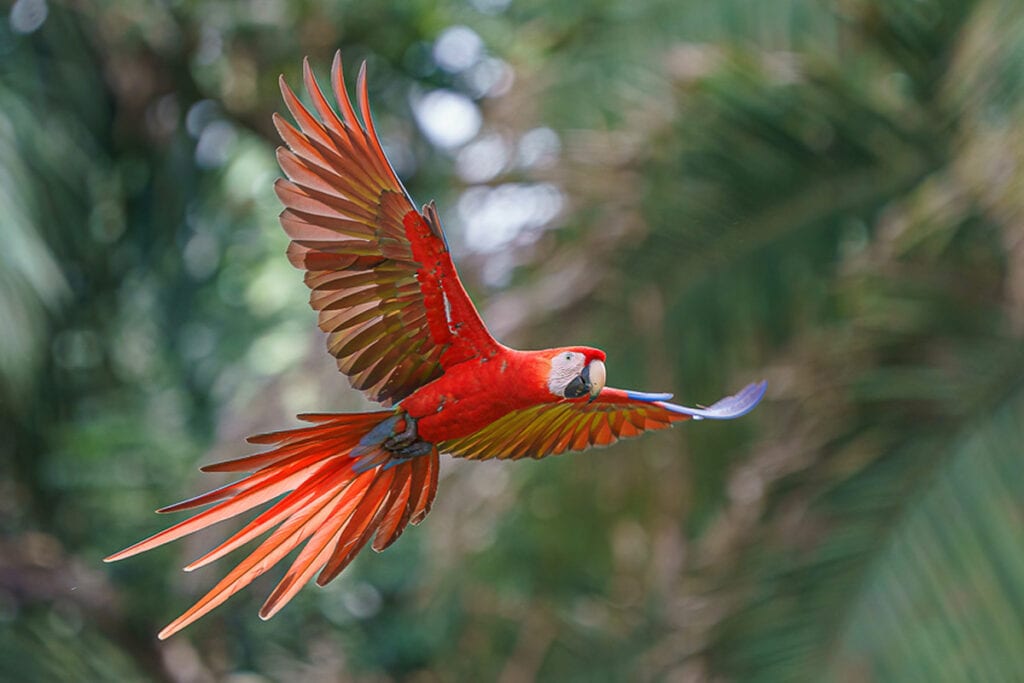
Have you ever been frustrated by auto-focus that wasn’t sharp? Are you confused by all the auto-focus options your camera has? In this episode of Images in Focus, Juan and David break down in simple terms how the auto-focus system works on your camera and how to achieve the best results. We discuss technology such as phase-detection vs contrast detection, the types of auto-focus points, orientation of auto-focus points, focus modes, when to use manual focus, and the concept of hyperfocal distance. Watch the video below and don’t forget to subscribe!
There are two main types of auto-focus: Phase Detection and Contrast Detection. Phase-Detection is the quickest and most accurate method. Many DSLR’s use Contrast-Detection when focusing in Live View which is why focusing can take so much longer than when focusing through the viewfinder.
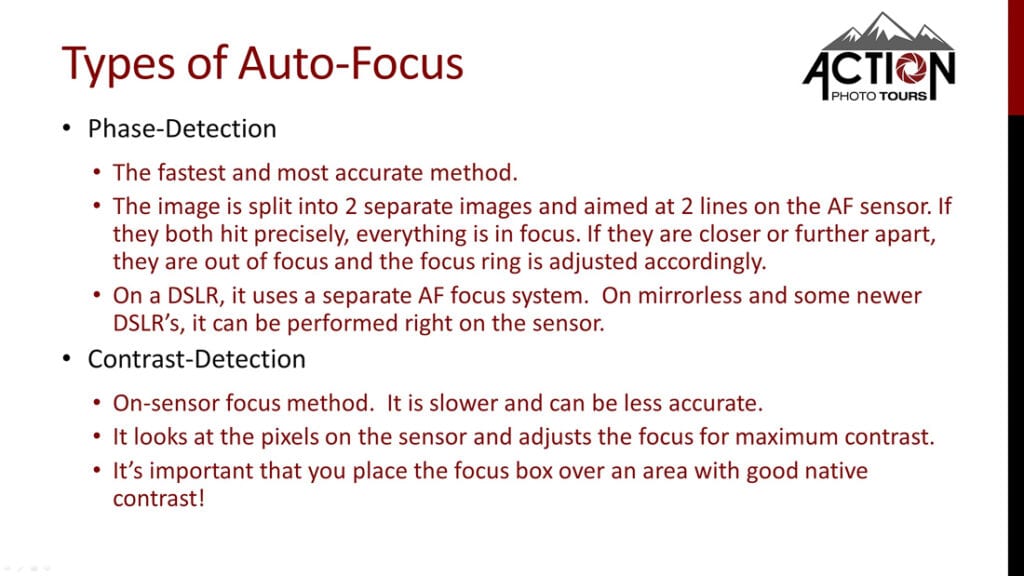
However, as we discuss in the video, there are definite limitations to Phase Detection Auto-Focus. Some of these limitations include:

It’s important to understand the difference in auto-focus points. They come in Single Point, Cross Point, and Dual-Cross Point varieties. The higher end the camera is, the more cross-point sensors they will have along with better spatial arrangement.

When should you use manual vs auto-focus? Manual focus can be the most accurate method and is what we prefer when shooting landscapes from a tripod. But auto-focus will work well when you have to work quickly, when you are hand-holding, when you are photographing a moving subject, or when everything in the scene is out near “infinity” focus.
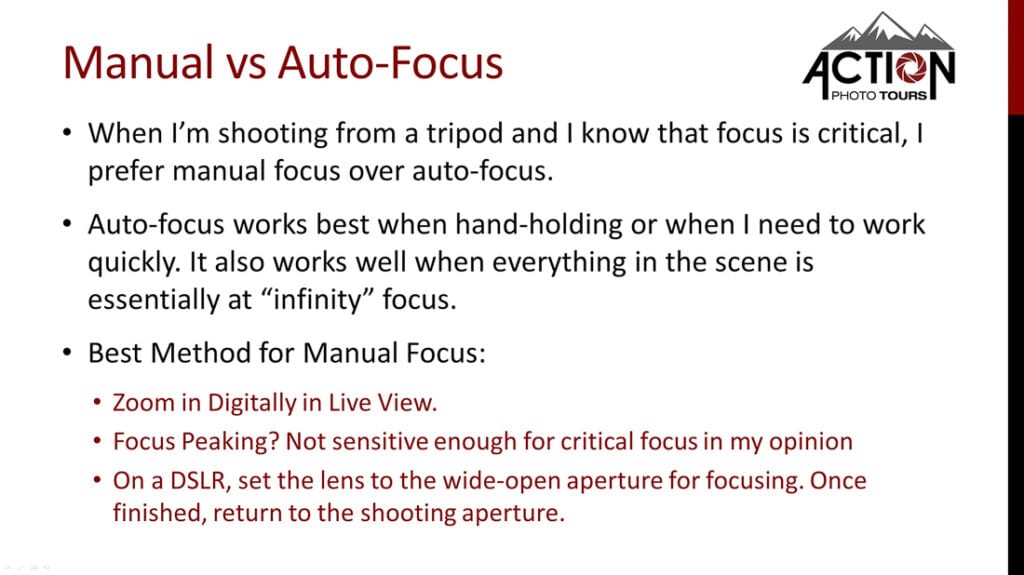
The Focus Mode you choose will depend on the type of photography you are doing. In general, we use Single Focus for landscapes and Continuous Focus for a moving subject. We do not recommend using the Hybrid Focus Modes.
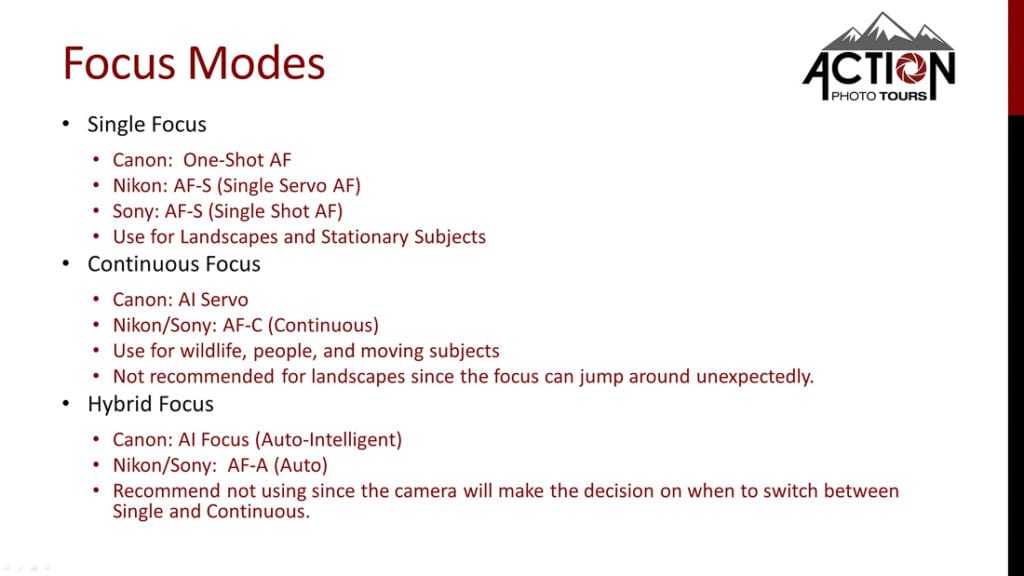
Learning the different auto-focus zones and modes in your camera’s menu will help with difficult focusing situations and action photography. In the video we walk through various examples of when to use a particular type of zone.
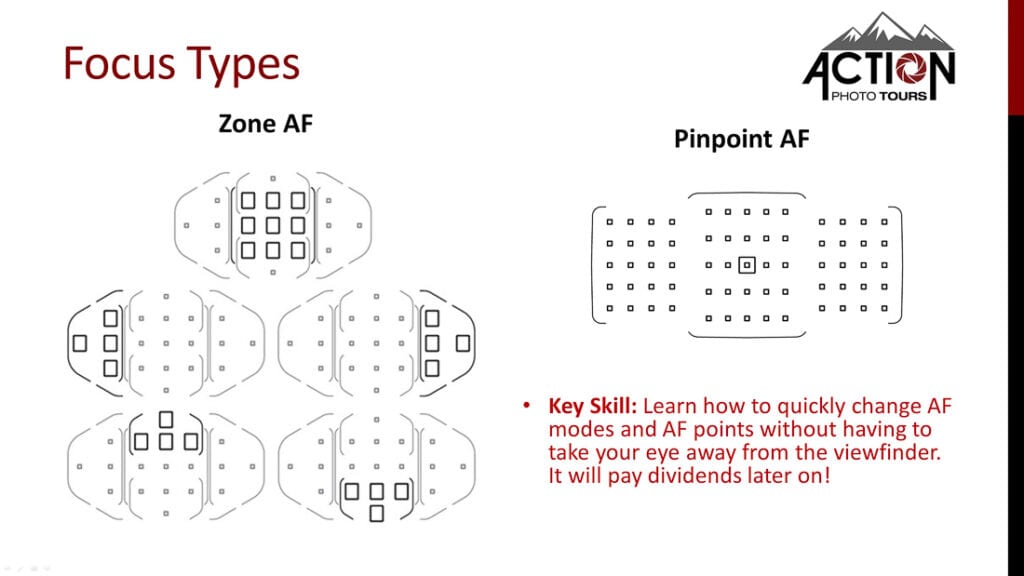
From where you focus, one third of your Depth of Field lies in front and two-thirds lies behind. When shooting landscapes, try to focus about one-third of the way distance-wise into the scene.


Hyperfocal distance is the optimal place to set your focus to maximize your Depth of Field. Although it can be calculated based on the camera, lens, and aperture, it’s better to have an intuitive feel for how it works and to use the one-third rule for focusing.


We love photographing grand landscapes and wildlife at Action Photo Tours. Are you looking to improve your photography while visiting some epic locations? Check out our page and join an upcoming photography workshop!
And don’t forget to join the community on Facebook where you can ask questions and propose topics for new episodes! https://www.facebook.com/groups/ImagesInFocus/
